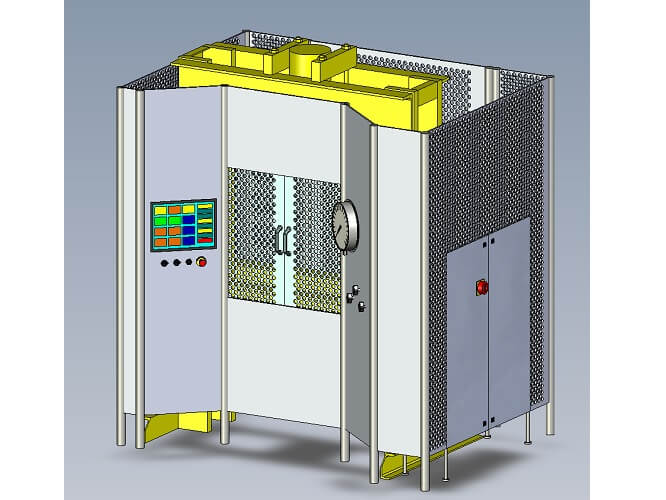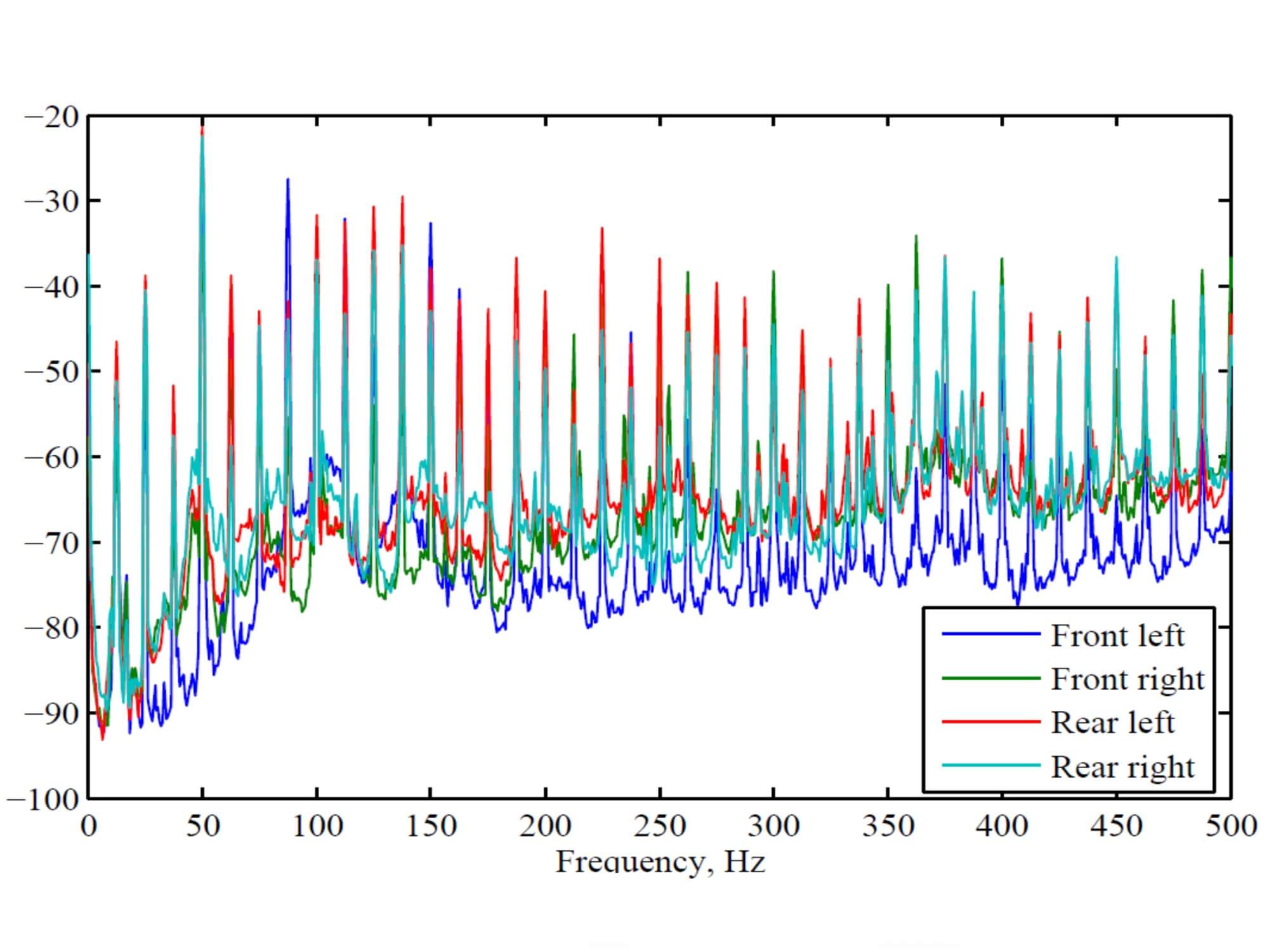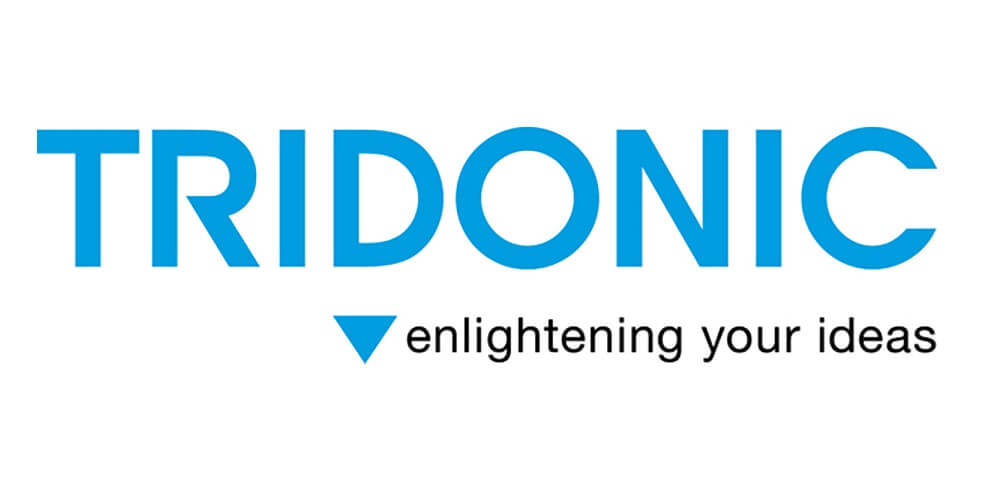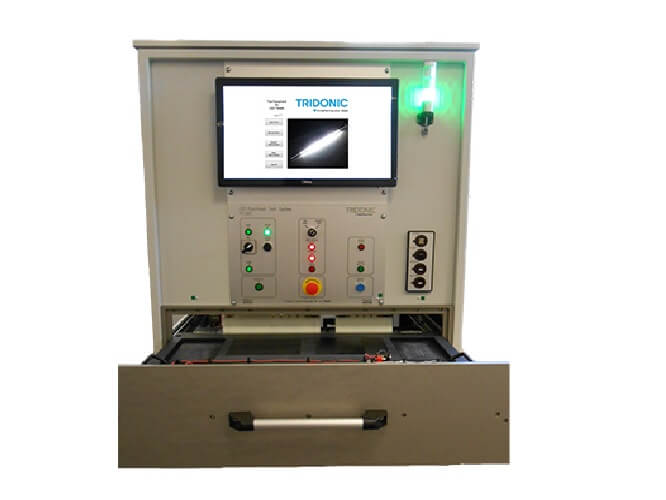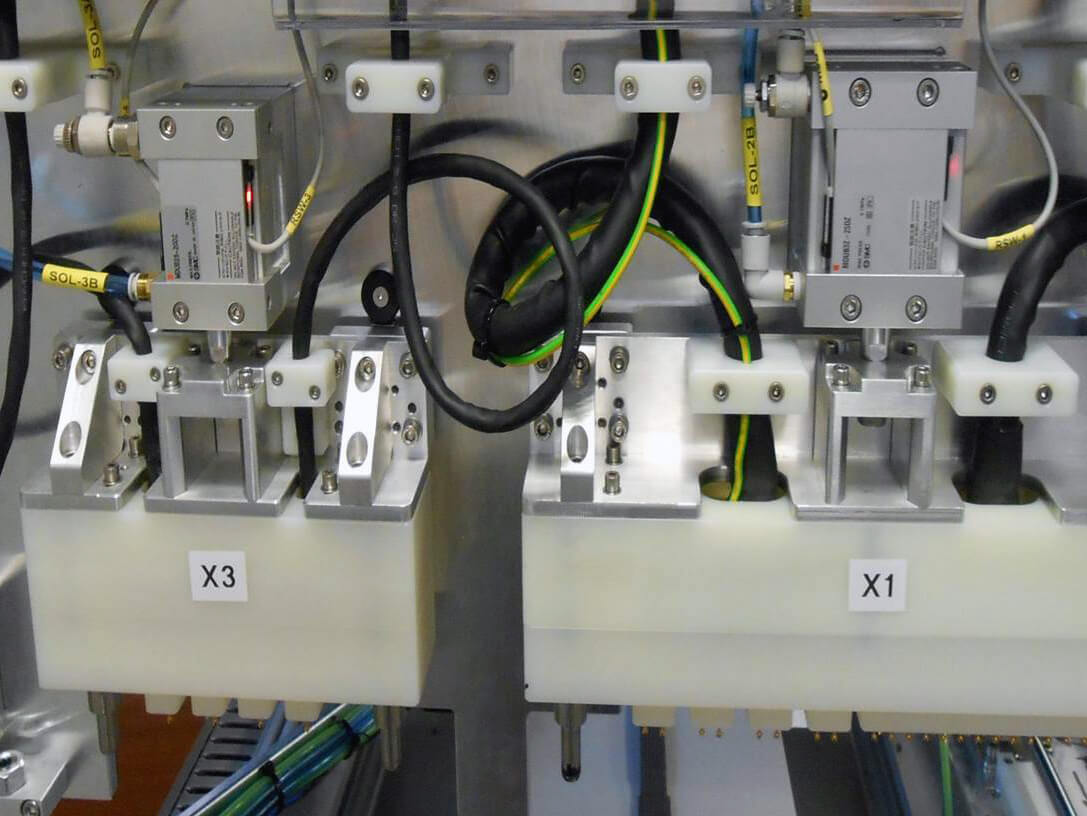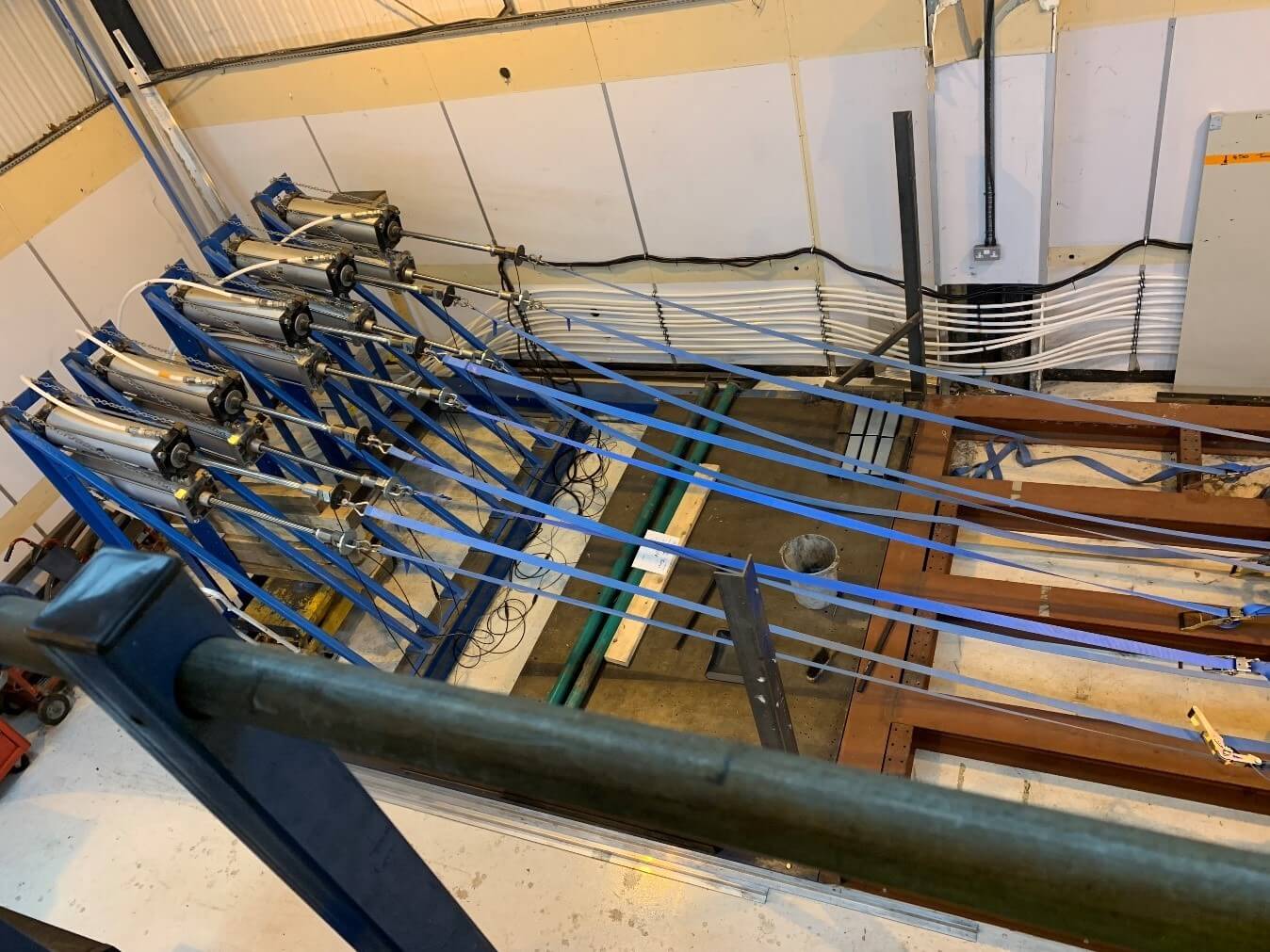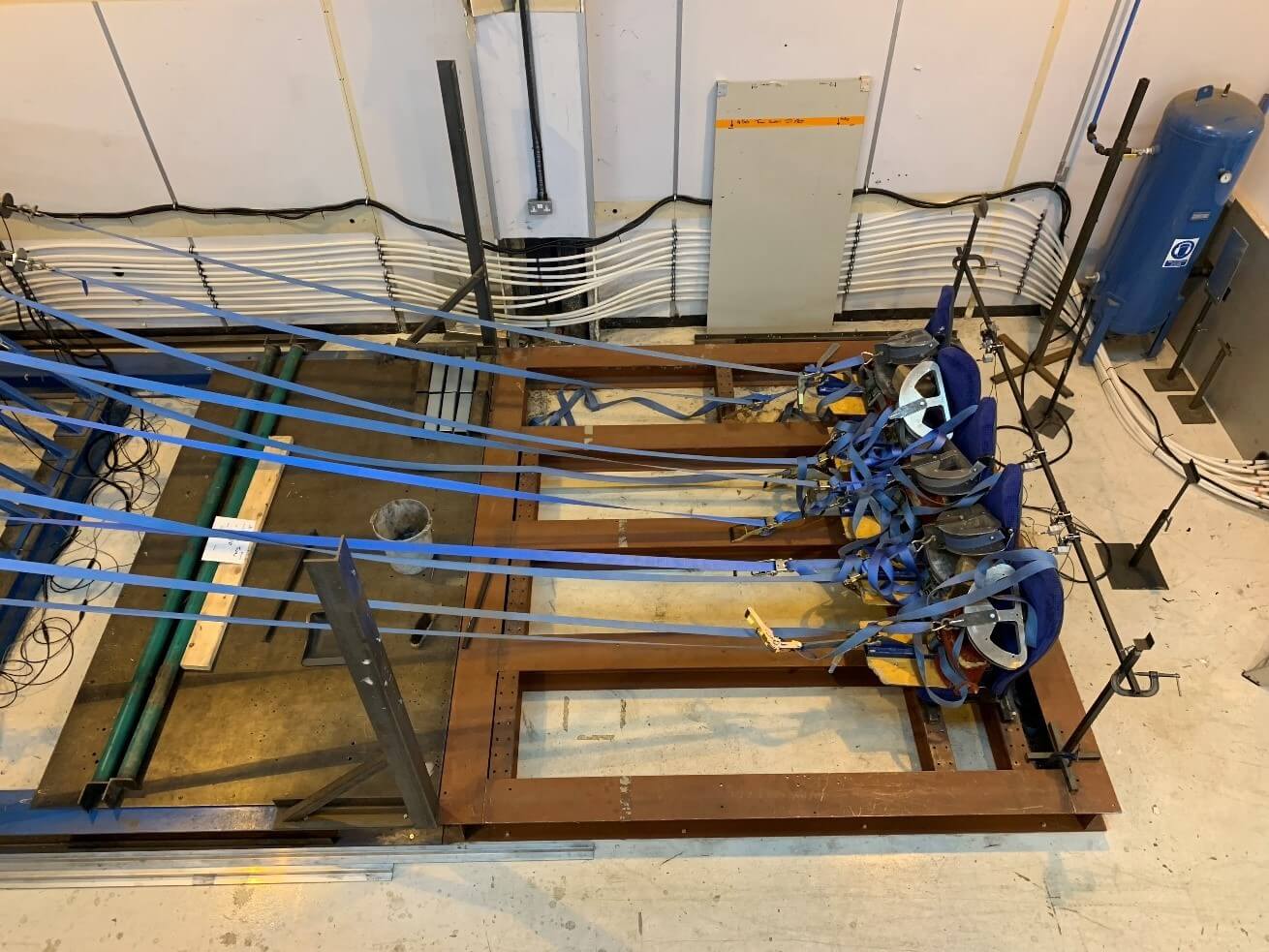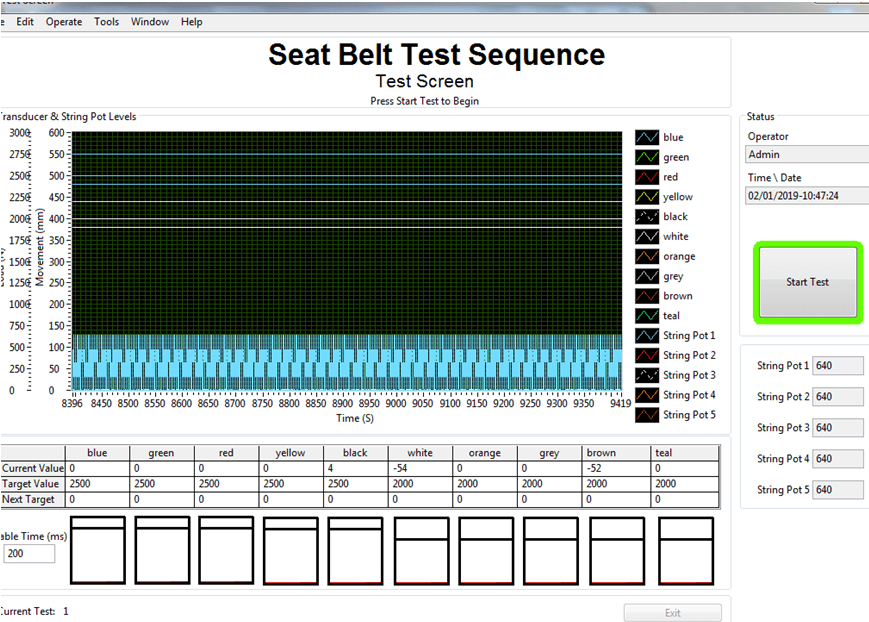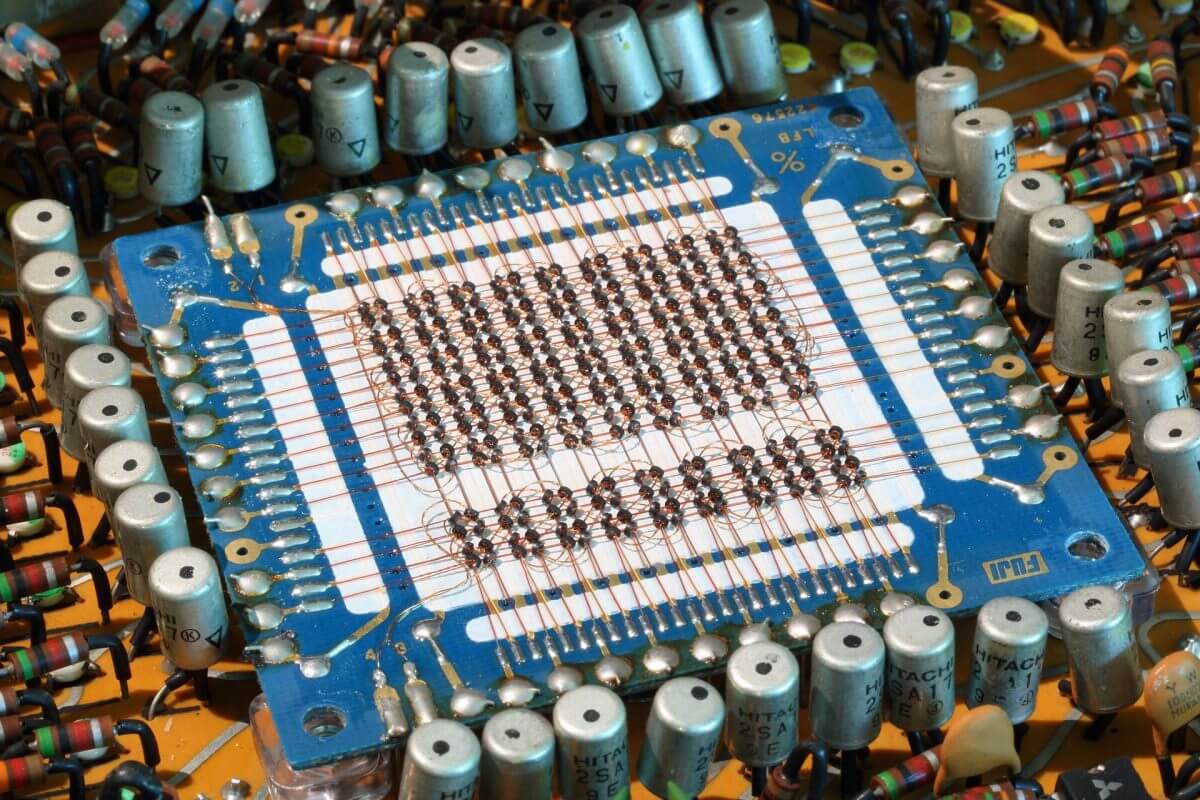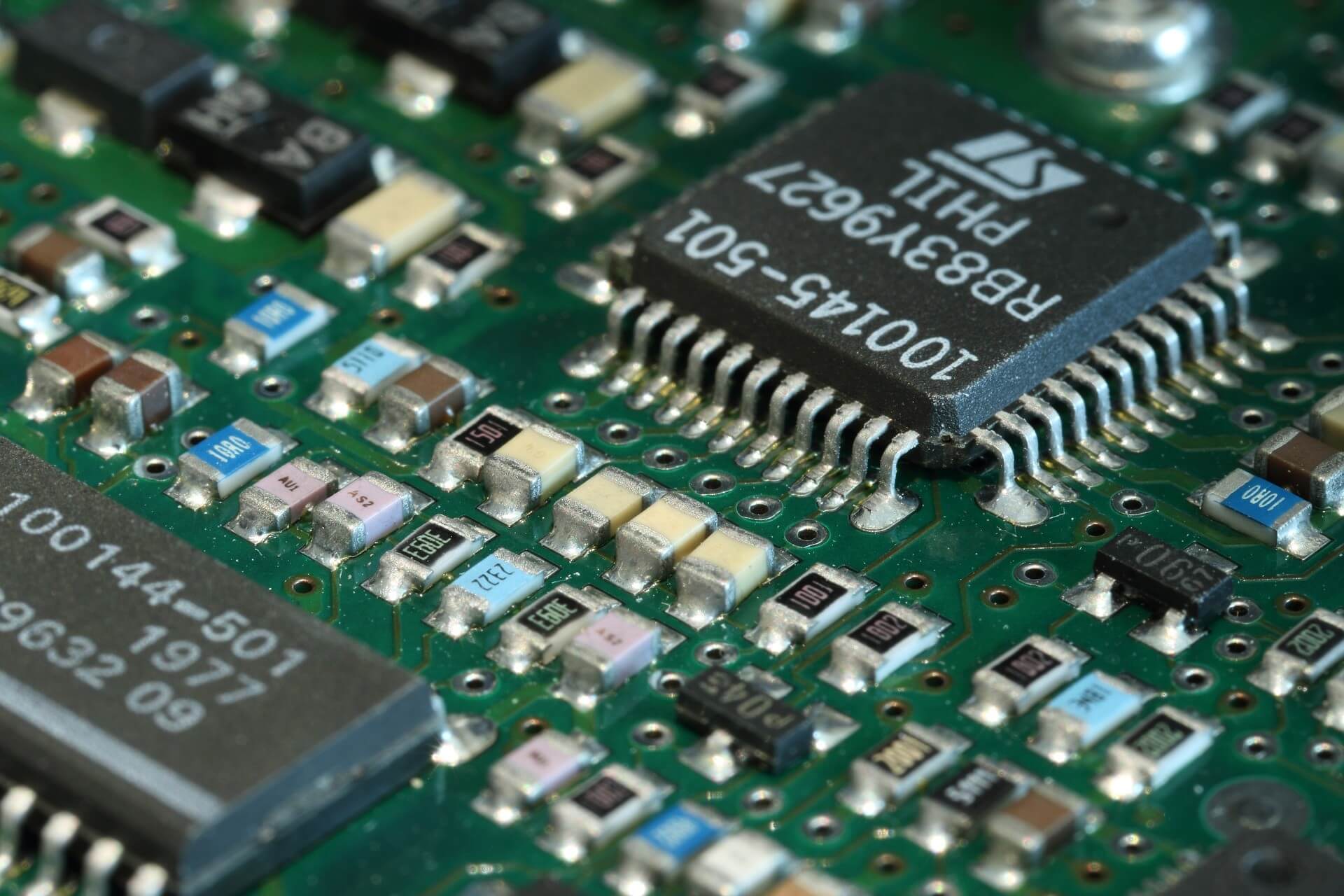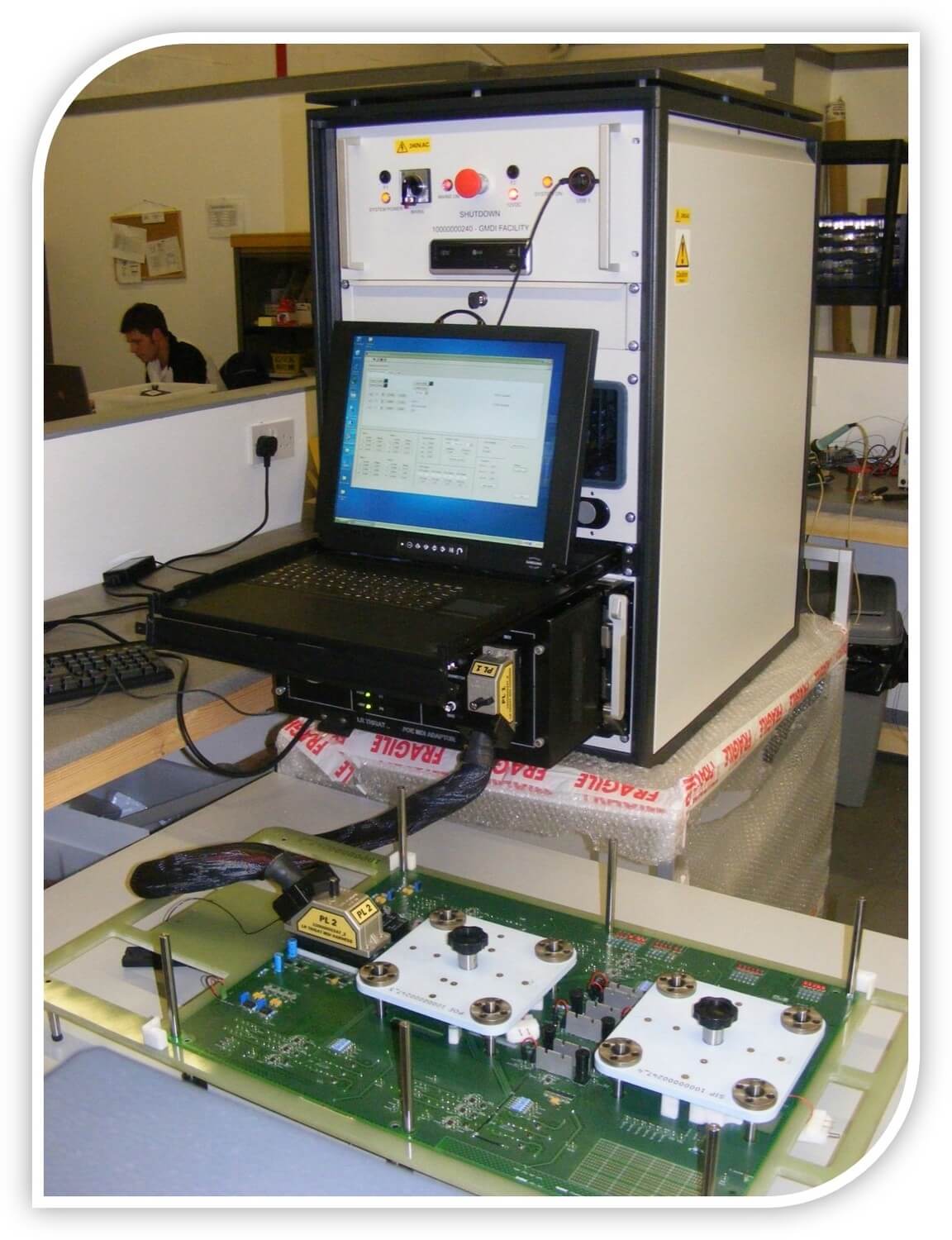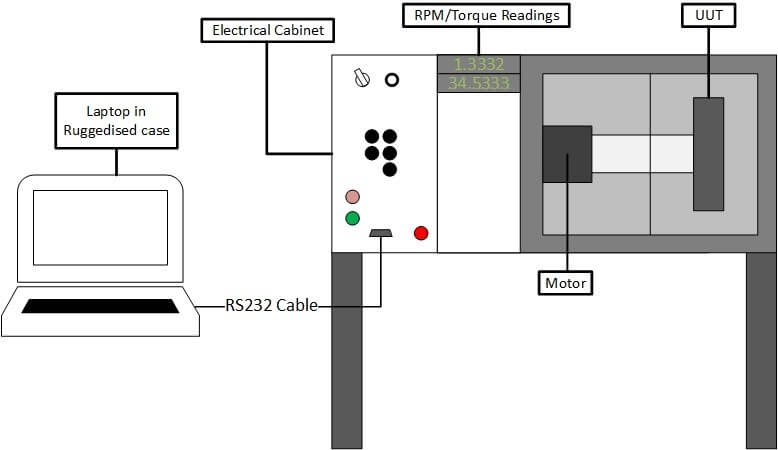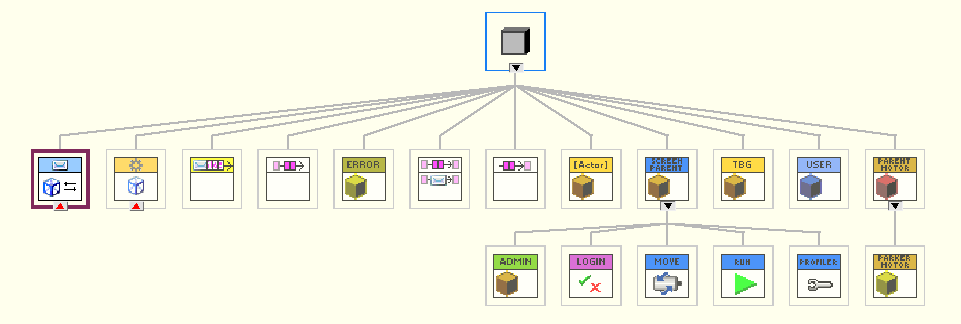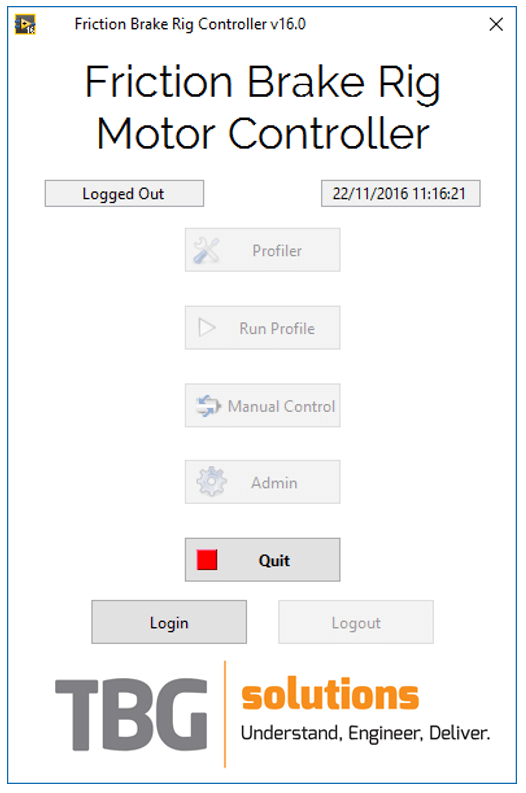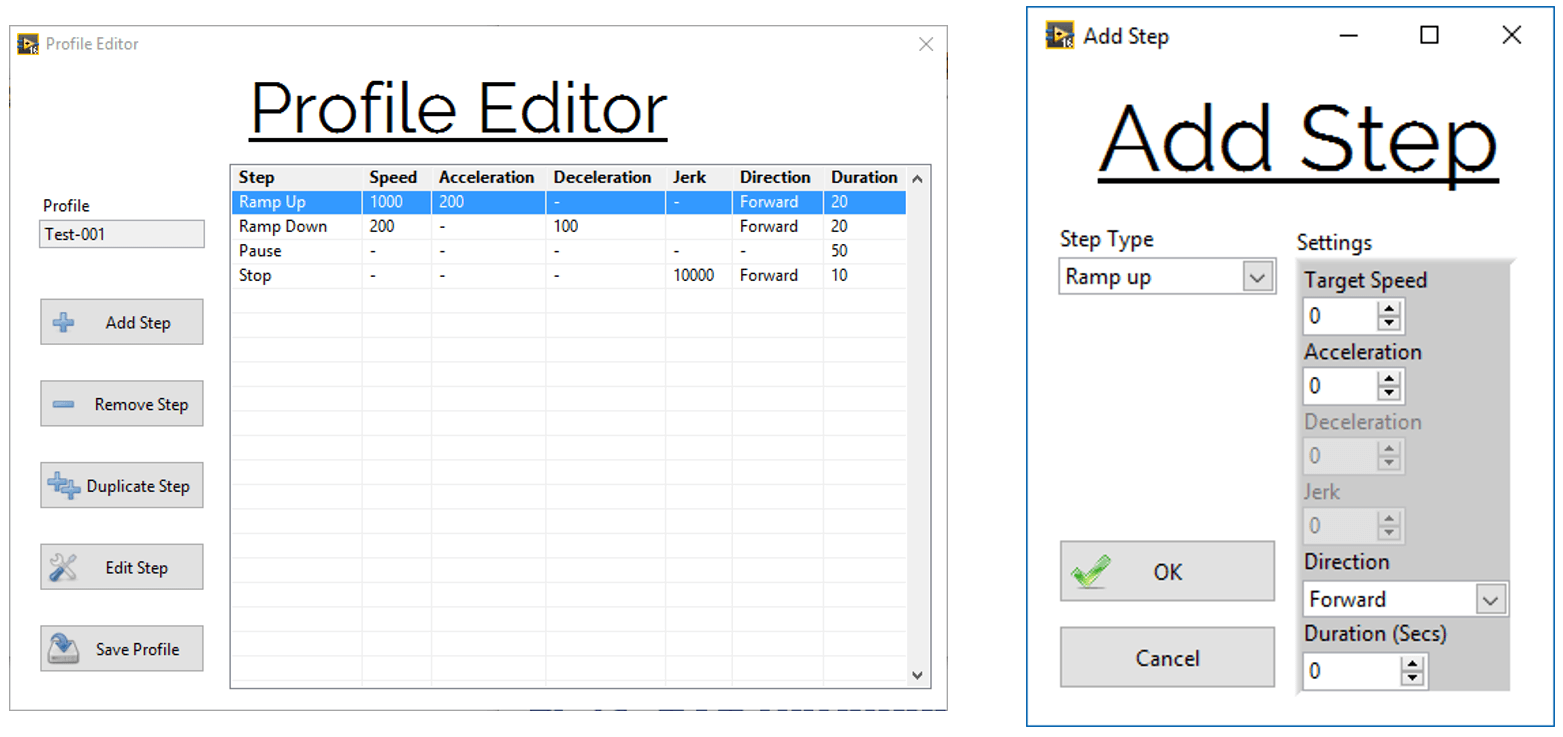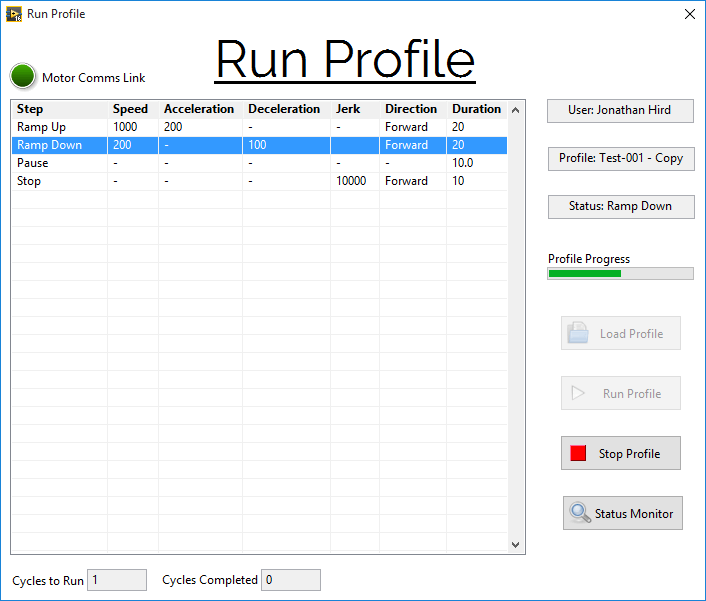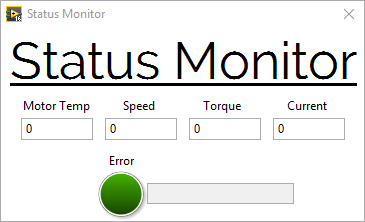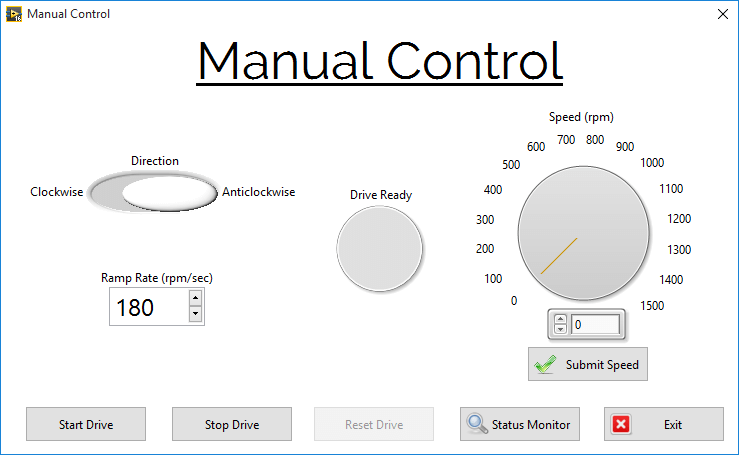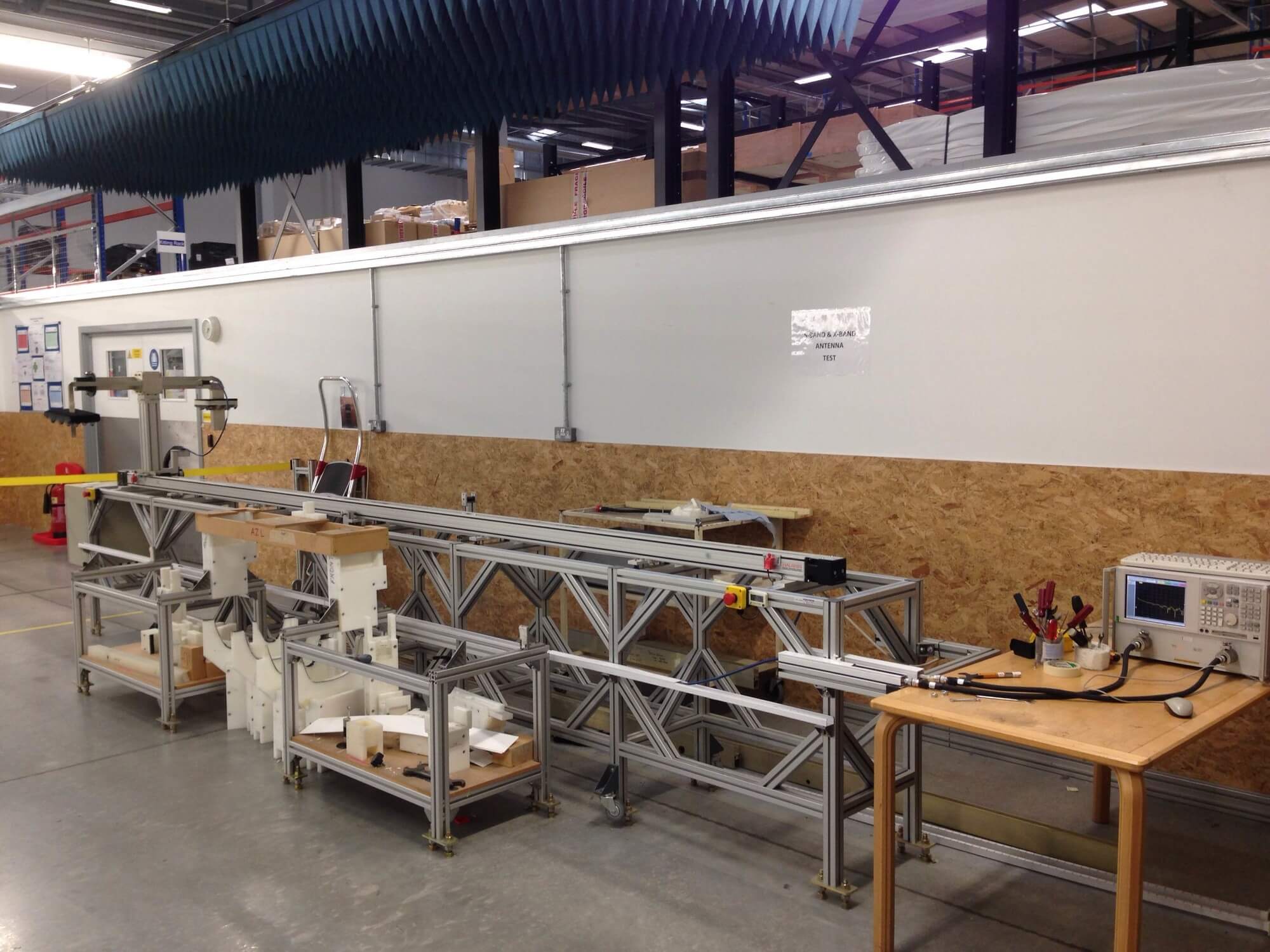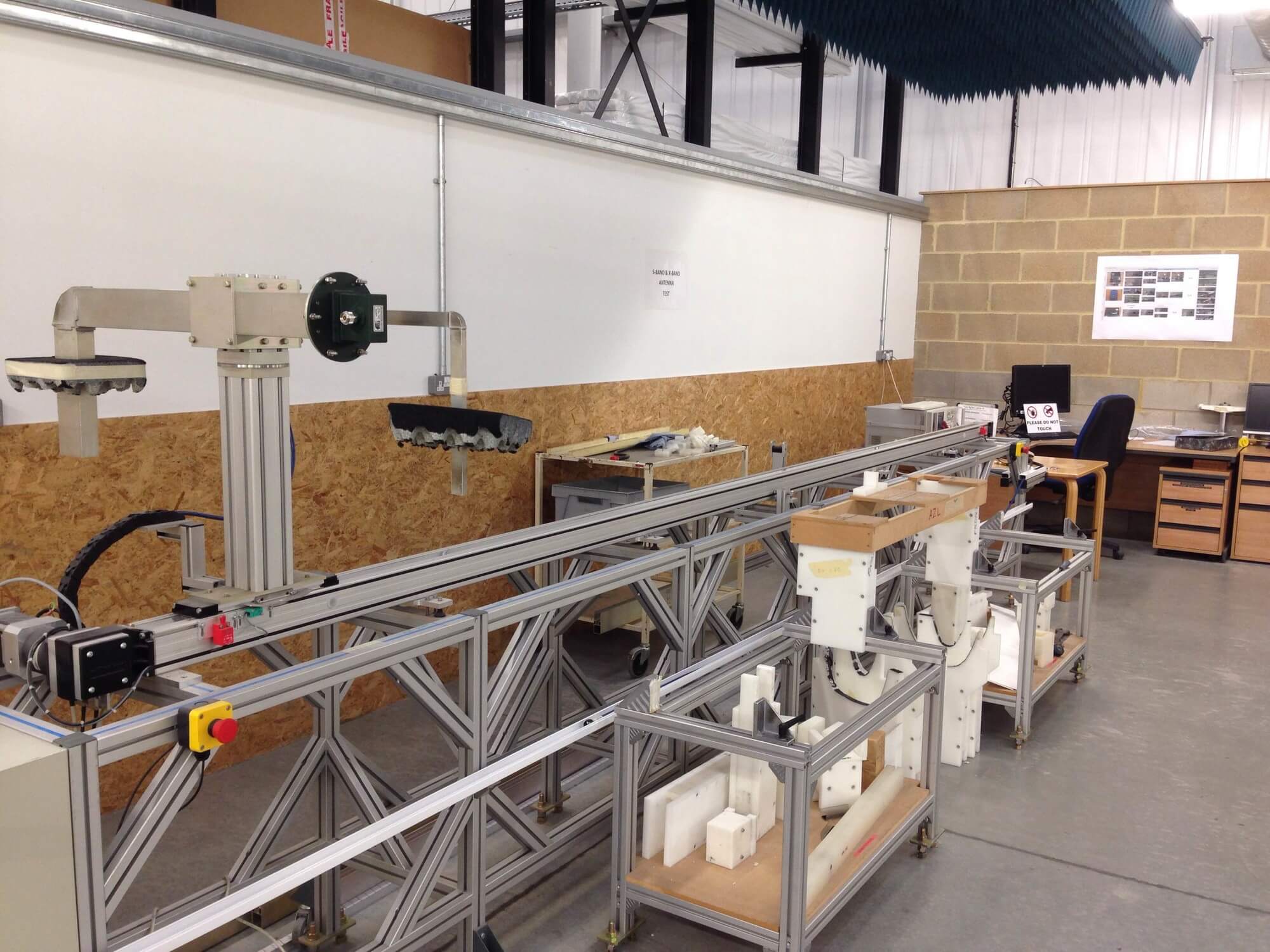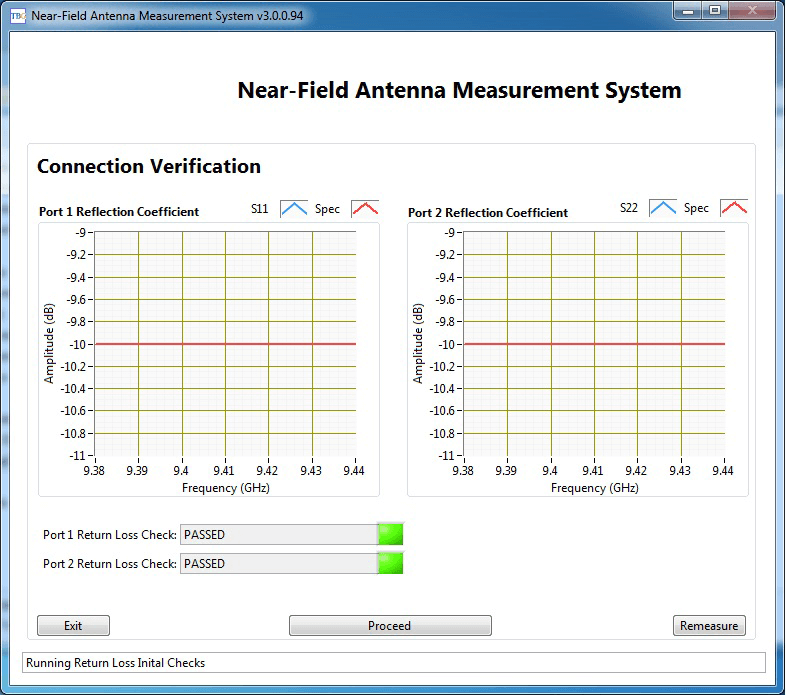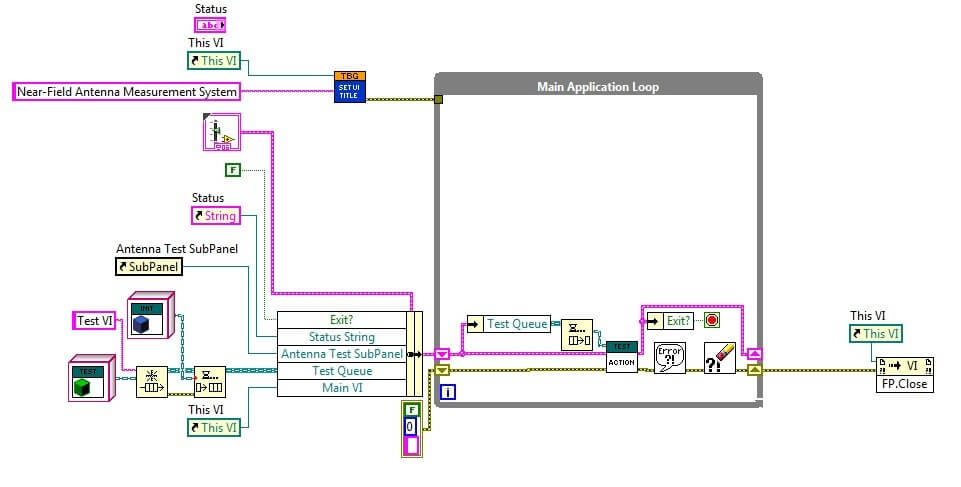Key Fact
Full in-house development of all hardware and software components from CAD to final products.
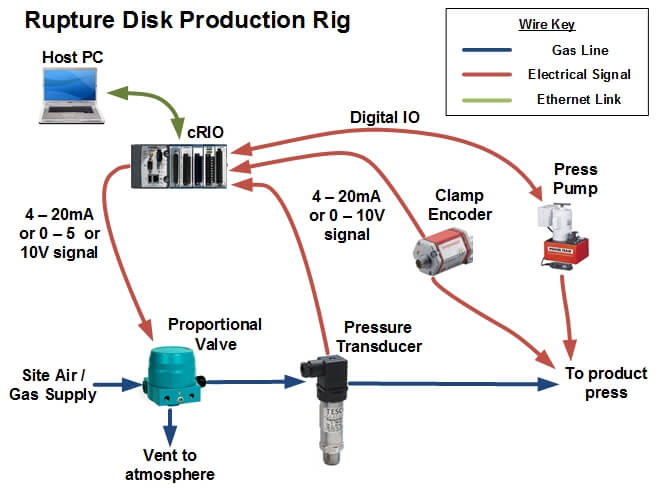
Testimonials
“The system has already seen production benefits by reducing pressure rupture tolerances from ±14% to <±1% putting the customer at the forefront of rupture disk production.”
Understand
Rupture disks are a critical safety component to any modern pressure based system to allow for the safe expulsion of pressure during an overpressure situation. Rupture disks are used in a wide range of industries such as automotive, pharmaceutical and aerospace. In overpressure situations, it is integral that the disks rupture within low tolerances of their defined overpressure limit to avoid potential disaster and damage to the system.
The production of rupture disks has historically been a manual, analogue based process using a large 5 tonne steel press, multiple gauges and indicators all controlled by a single operator. Complexity of the production process results in high tolerances of the burst pressure of the disk itself which push the limits of design specifications.
The overall issue of high pressure limit tolerances and the expensive, time consuming nature of the production process led to the customer selecting TBG Solutions to re-engineer and automate the production process due to our vast experience in providing bespoke automated production test and measurement solutions.

Engineer
The system is responsible for control and automation of 5 key areas of the production process:
Hydraulic Press Control – Providing necessary clamp forces to hold the sheet material in place.
Tooling – Decision making on specific tools to use during the forming process as well as being able to control the disc geometry during forming.
Hardware control – Control all electromechanical hardware in the system such as valves and pressure transducers.
Disk forming – Control and configuration of all settings and hardware to produce a rupture disk.
Logging of data – Press profiles and all user data including login information, press diagnostics and pressure data are all stored in CSV & database files.
Overall, the system is controlled by a LabVIEW application running on a host PC which communicates via Ethernet with a cRIO-9014 real-time controller and 9104 FPGA based chassis. Communication between the new system & existing hardware such as pressure transducers and pumps is done so via a combination of FPGA based digital signals on the cRIO as well as custom Windows DLL functions to communicate with external software including configuration software for a PID pressure controller.
As well as having the design challenge of software development, careful consideration of the overall enclosure of the system was required by TBG Solutions Glasgow due to the nature of the application operating in a high pressure, wet environment and its inherent risks to the operator from a 5 tonne steel press.
A fully operational enclosure for the press and all associated hardware was produced in-house, this allowed for a high level of customisability of the final build as well as ease of integration of NI and 3rd party hardware in the same IP rated enclosure.
Deliver
Overall, the combination of reconfigurable Real-Time and FPGA based hardware coupled with the ease of development and UI customisability in the LabVIEW IDE provided TBG Solutions with the means to understand, engineer and deliver a turnkey solution to the customer, fitting the initial brief and specification and exceeding customer expectations.
Using LabVIEW & cRIO, we were able to integrate with existing hardware to produce an easy to use modern production process that has already seen production benefits by reducing pressure rupture tolerances from ±14% to <±1% putting the customer at the forefront of rupture disk production.
